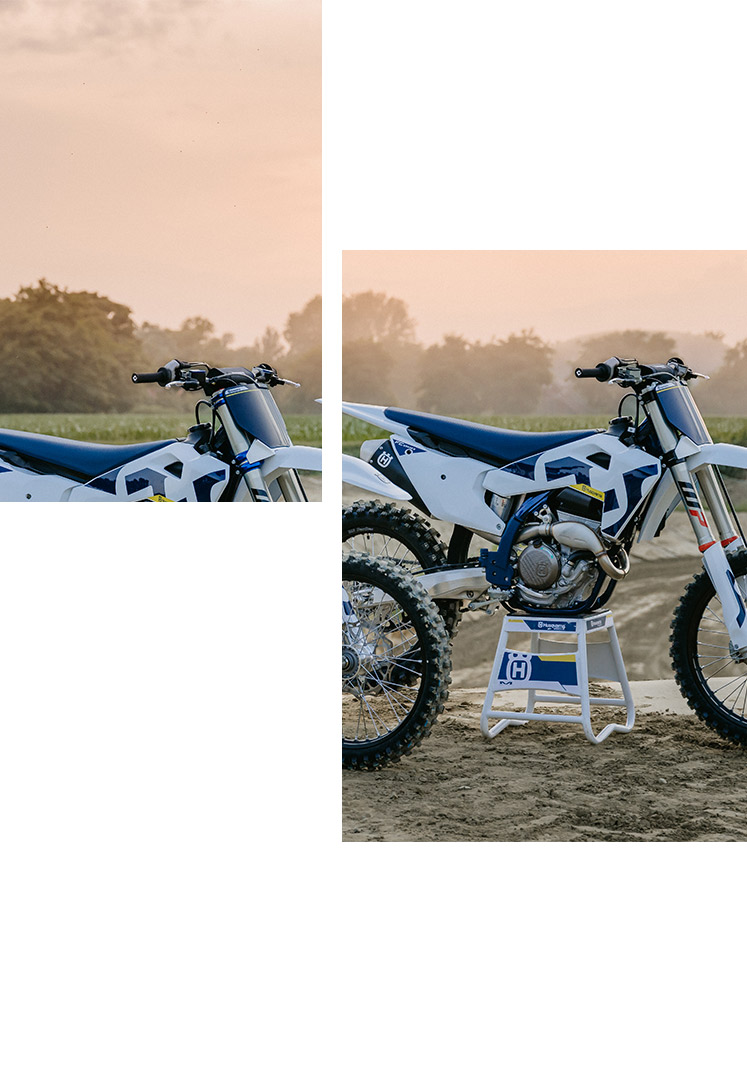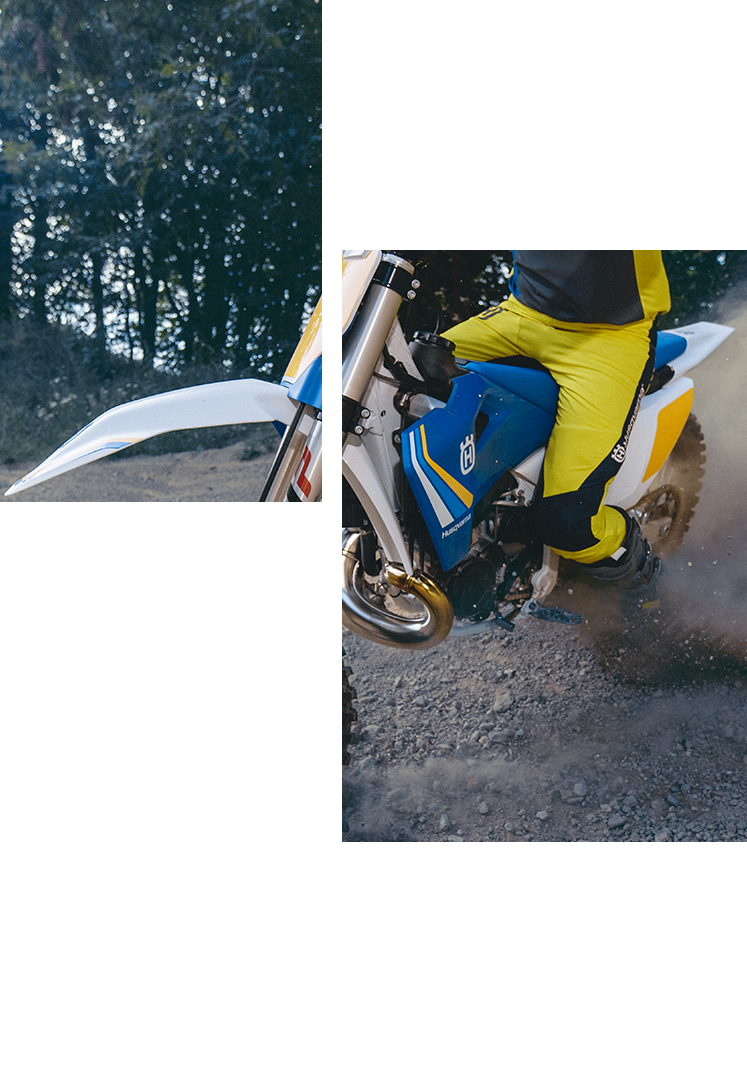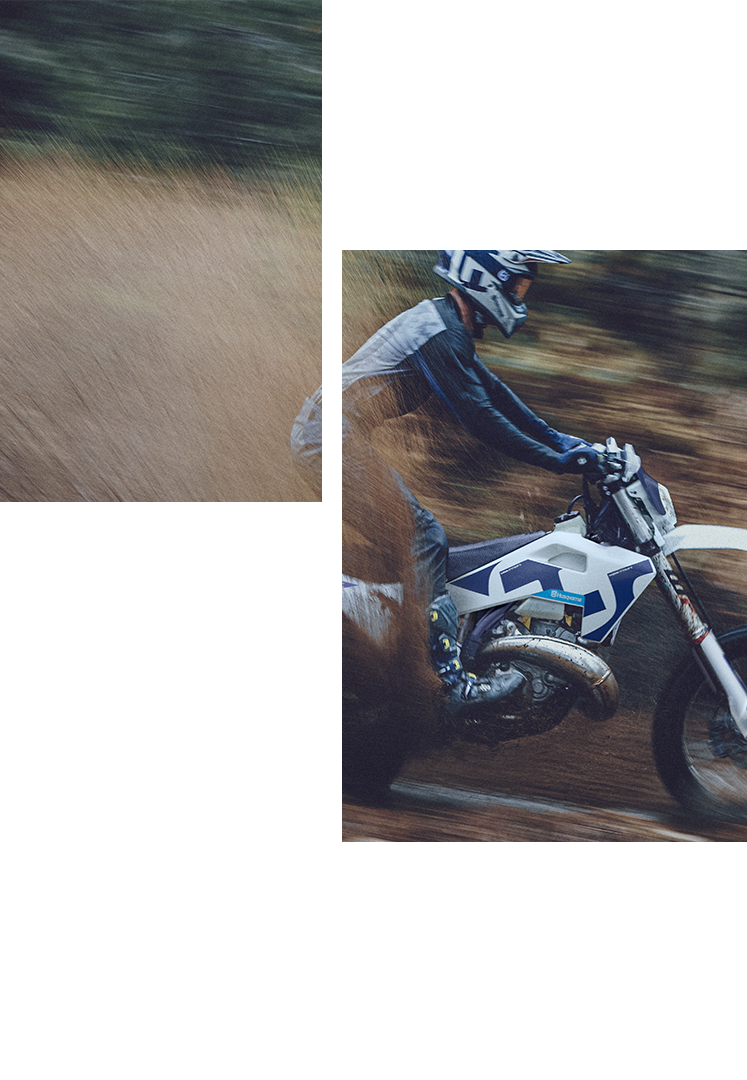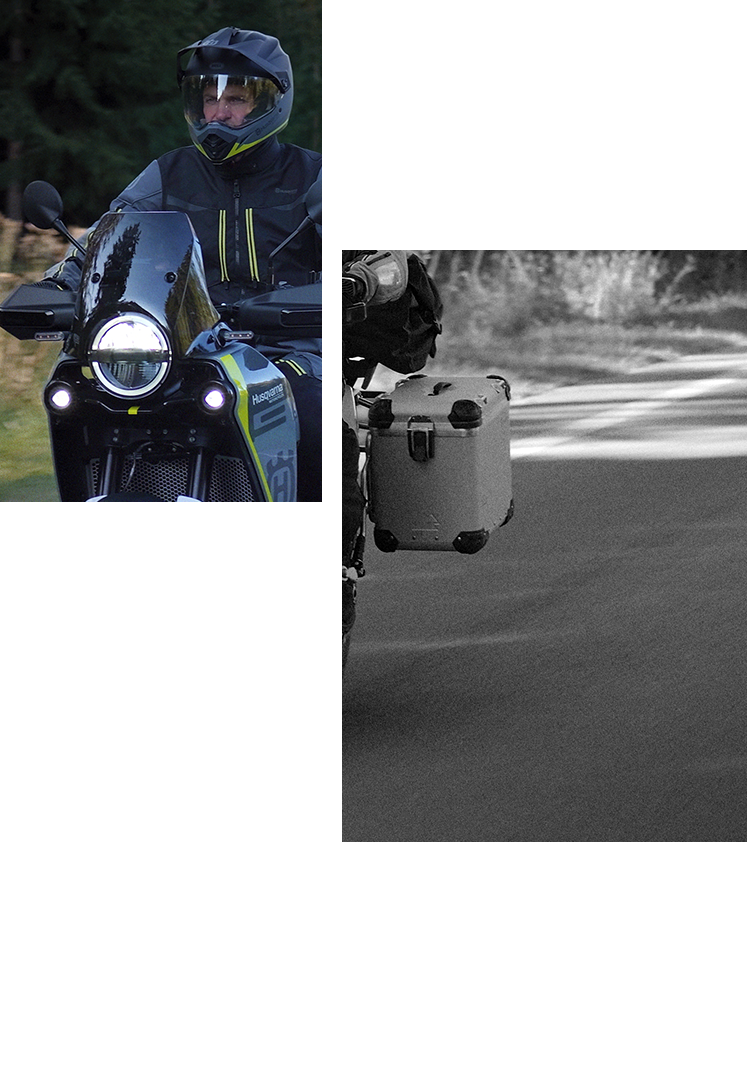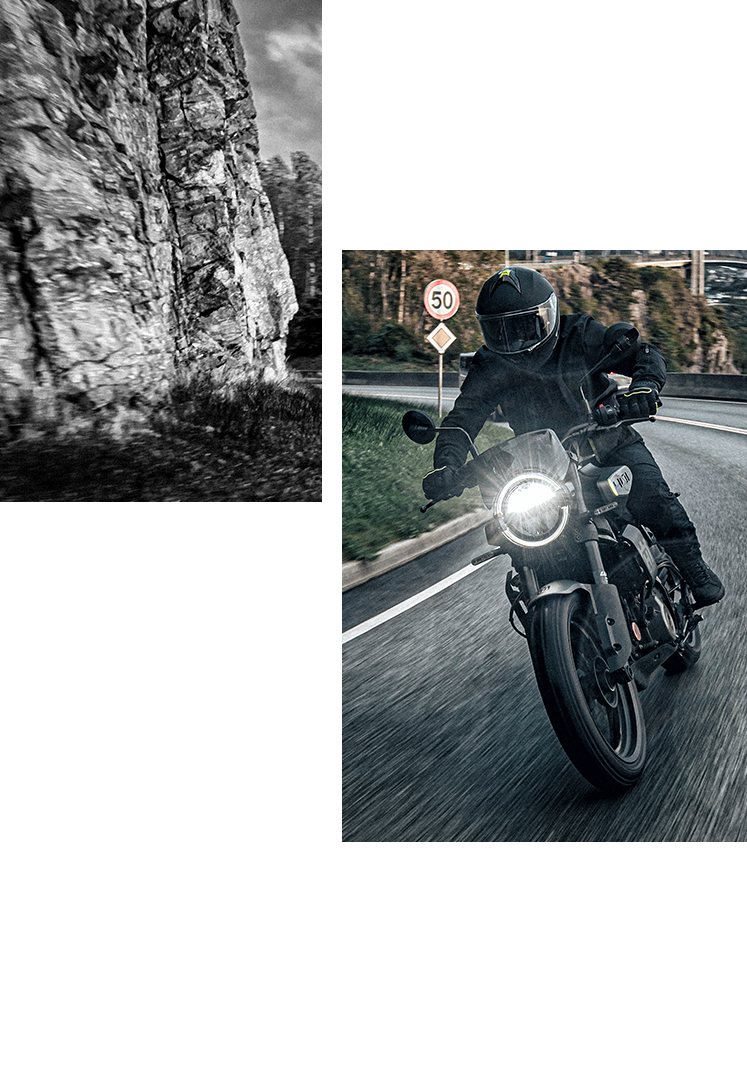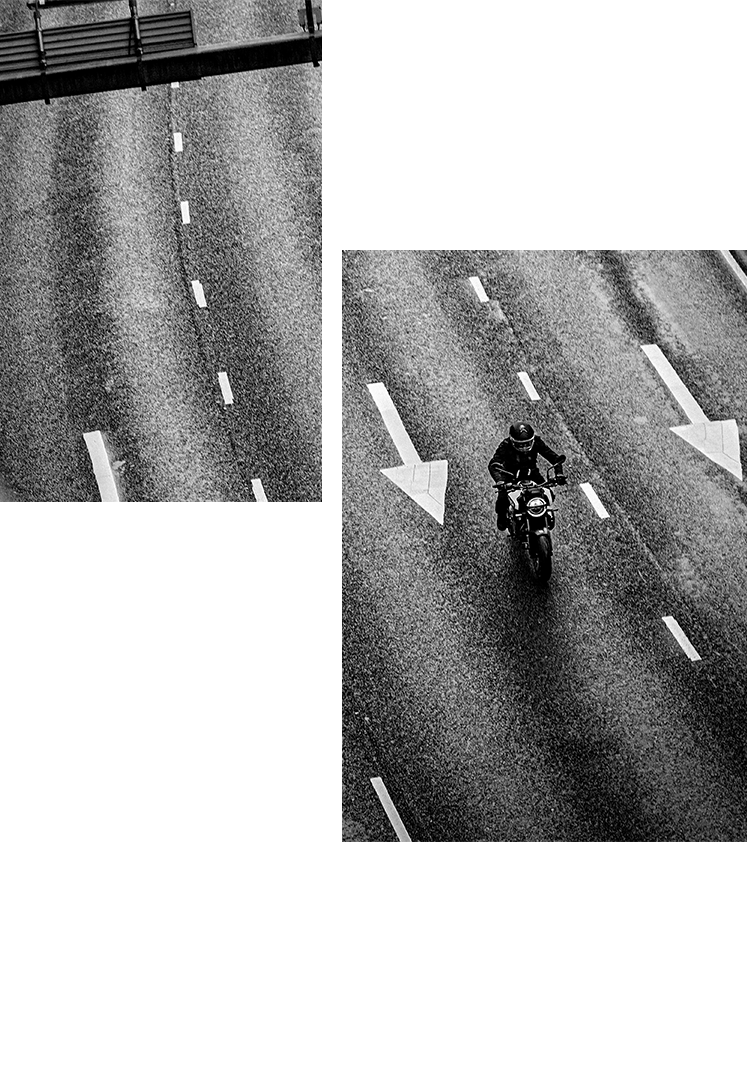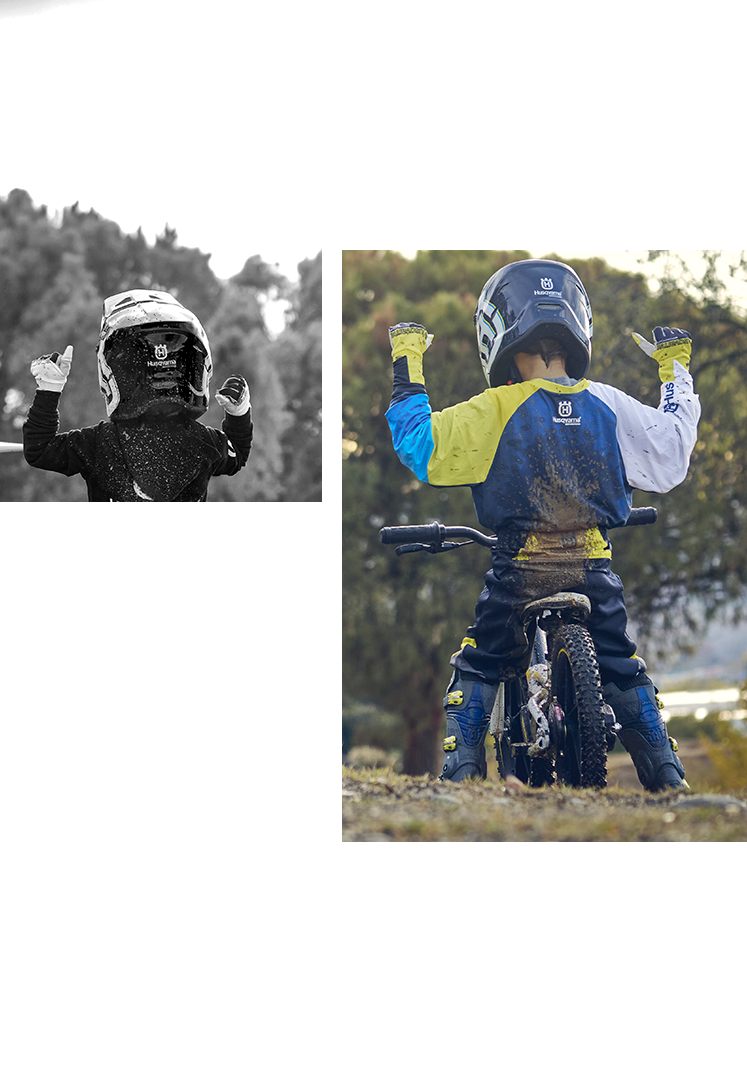Chief engineer at the factory was Carl Heimdahl, who asked the intelligent question, “What shall we offer the 15-year-old moped fans?" Ruben Helmin worked in the same department and had a dream of racing an Italian Rumi road racing machine - in red and silver. Consequently, new ideas started to flow. It was stated that this moped should be sporty, attracting customers and getting attention simultaneously. However, progress was slow and by the time a proposal was finished, it was high noon for launching the new product. So, Helmin talked to his colleague Egil Skog, who took out his sketch book and came up with the idea to use existing components for a prototype, which could be manufactured. Frame, engine, front forks, 24" wheels, lights and other parts already existed from the Novolette. The tank from the Silverpilen could also be used by downscaling its volume to 5,5 litres. It was decided that these components will be used for the new sports machine. Time-consuming developments were avoided by easy and fast solutions. One of the few inventions that was needed was a delicate mounting for the power source. It had to reveal the machine's potential to the eye. The moped also featured a toolbox mounted underneath the saddle. As an option, a speedometer was available at extra cost. The end result was a mini-sized Silverpilen!
Production. Everybody was happy with the inventive design and a go-ahead decision was easy and unanimously. Wheels, cogs and turning lathes started rotating for its introduction at the 1955 International Motorcycle Fair in Stockholm. The new "Biker's Diaper" won accolades by stealing the show despite its out-of-date pedals. The press people elevated the moped into the skies, and everybody was excited, expecting a bright future. The final developments, so said the advertising slogan at the time, resulted in "Every boy's dream for Christmas - in TT-style in shining white and sparkling red" (TT was a former expression for what we today know as road racing). And the model was presented with the "Silverpilen" appearing as a teaser in the promotion.
Then the naked truth was revealed. The moped did not sell. Despite good intentions and looks, it was far too unsophisticated to make more than headlines. This sports machine did not convince youngsters. It lacked performance due to an inferior engine, which from the start was only single geared. Also, the unsexy belt drive proved negative instead of using a chain for transmission. The "Blöjpilen" became a crowd-pleaser, displayed in the showroom, but it never reached the customers. The young generation refrained from putting down 795 Swedish kronor (approx. 160 US dollars) for the product. And it didn't help promoting the 1956 "Blöjpilen" version with a 2-speed gearbox. The bike didn't sell. Less than 1,000 units were made. Some sources say a mere 330 while others claim a volume of 800 vehicles. The truth may lie somewhere in the middle... who knows? But fact is that the sporty moped never fulfilled expectations. In the end, Husqvarna had a considerable stock, which was dumped at bargain prices. The sad truth was, that the bike was a flop, sold at a loss. But it was a respected and beautiful failure.








